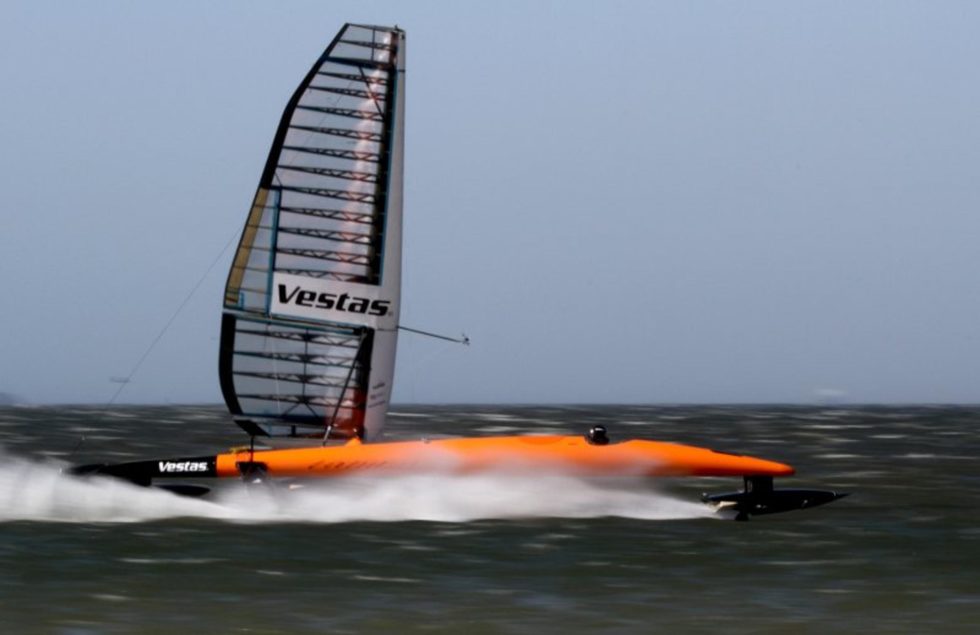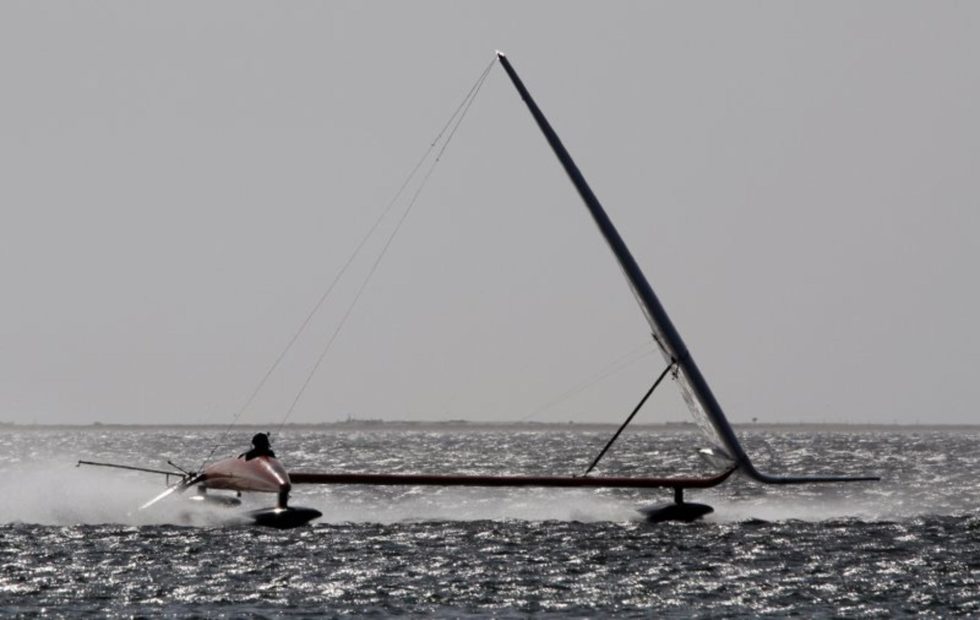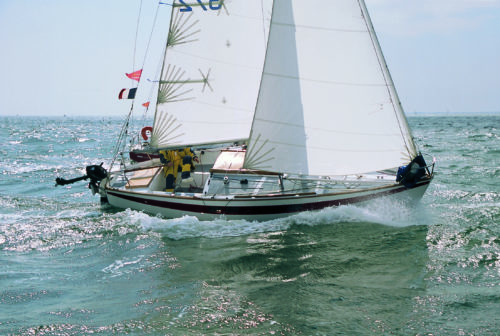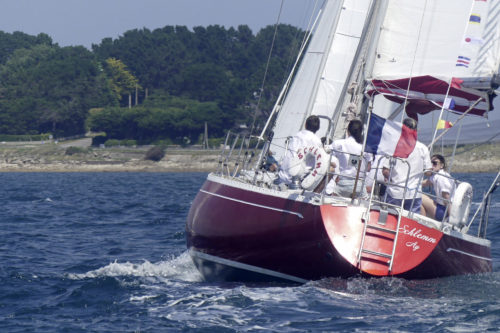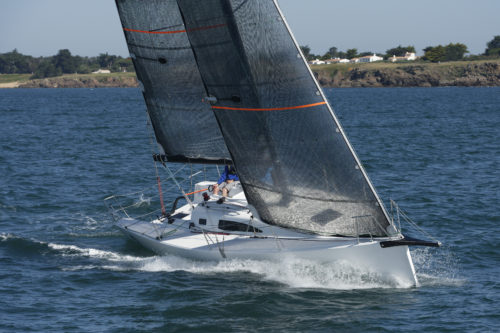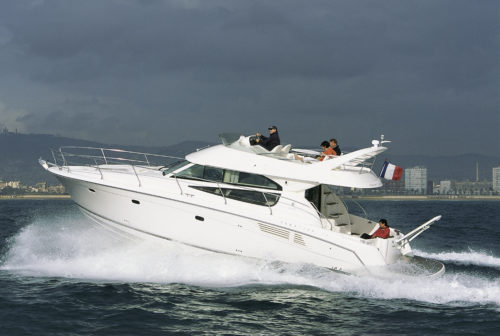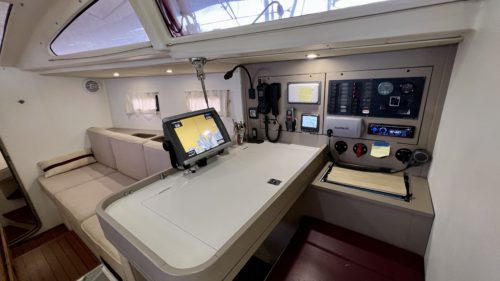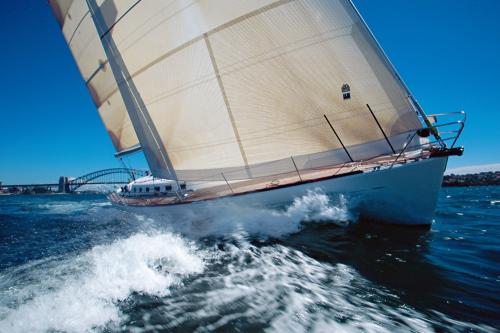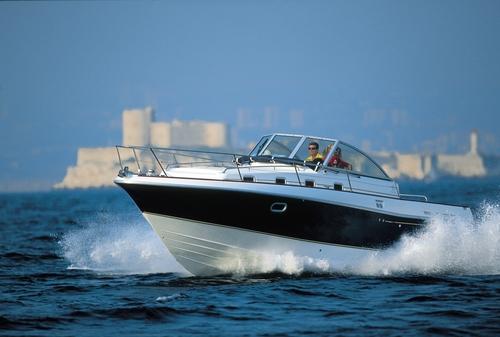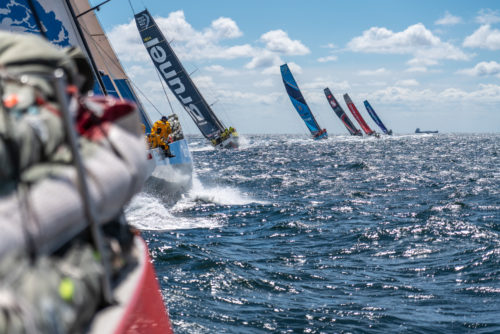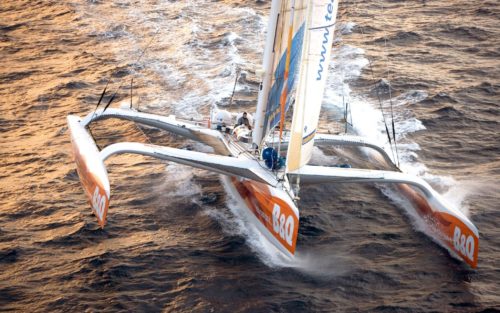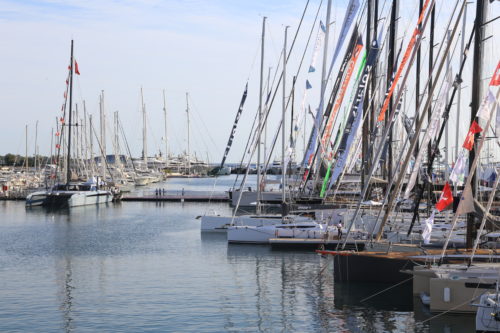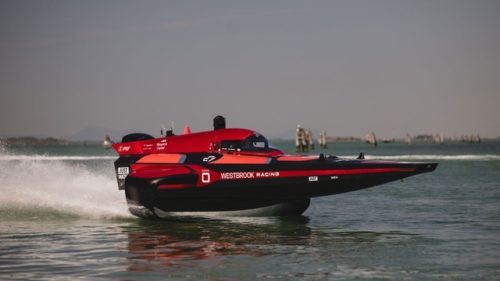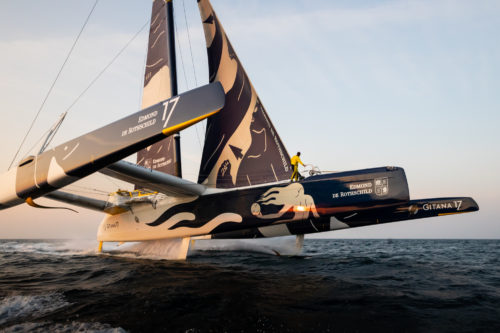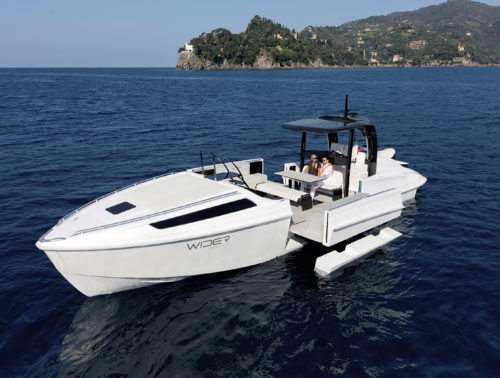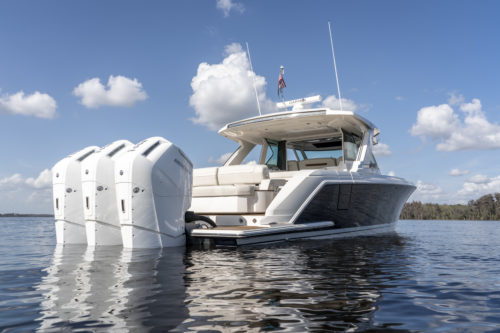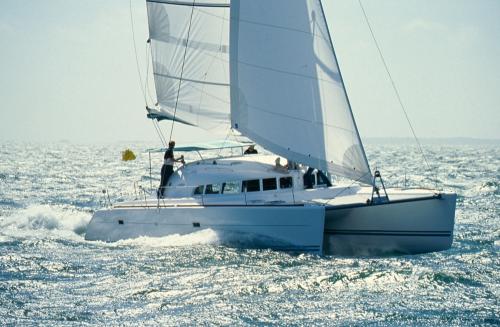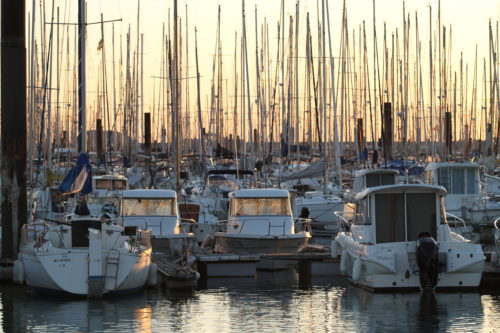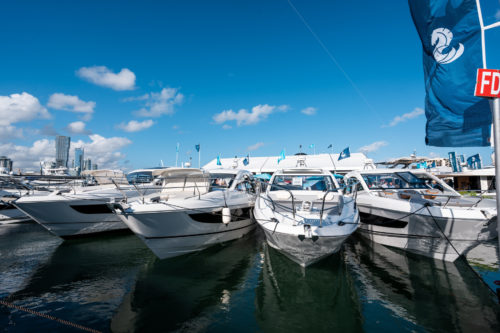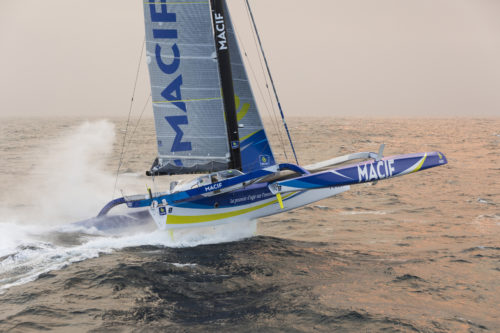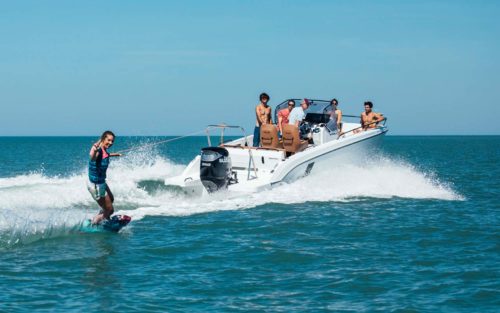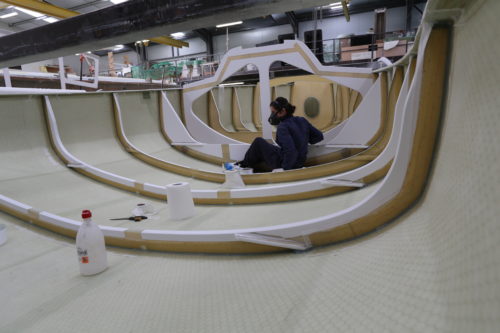Sailing records: The quest for perfection
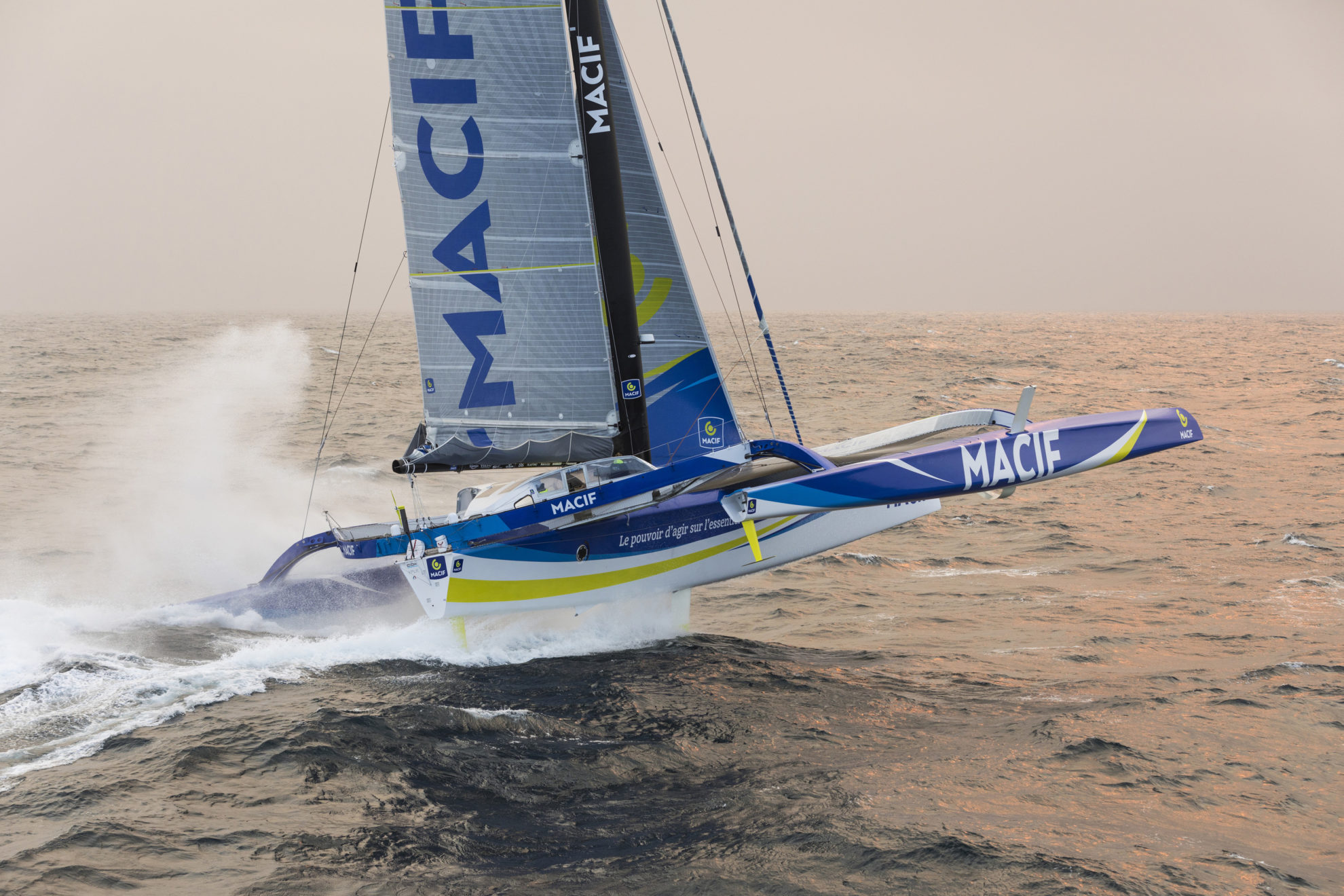
One record in particular serves as a benchmark for the level reached: the one for the longest distance covered in 24 hours. This metric saw an astonishing leap over the past decade, climbing from 625 miles in 2000 – set by Bruno Peyron and the crew of Club Med, a 33.5m catamaran – to 908 miles in August 2009 during the record-breaking Atlantic crossing by Banque Populaire V, a 40m trimaran with Pascal Bidégorry’s team. With the average speed increasing in less than 10 years from 26 knots to nearly 38 knots! This progress is spectacular, which may explain why no crew managed to improve on this record throughout the decade from 2010 to 2020.
However, this apparent stagnation is misleading. While the Banque Populaire V record remains unbroken as of 2025, the overall performance levels have continued to rise. Since the early 2010s, many boats have reached over 800 miles per day, and even got close to the 900-mile mark, whereas just a few years earlier breaking the 700-mile barrier seemed unachievable. In short, records are harder and harder to beat… yet more and more crews are managing to get close to them, and in a broader range of weather conditions. And solo sailors are not far behind: in 2017, François Gabart logged an 850-mile day aboard Macif, an Ultim class trimaran. This category, which took shape in 2015 and limits boat length to 32m, has since become the standard for record-breaking attempts, while catamarans have all but vanished from the offshore scene.
In the solo IMOCA monohull category, performance levels are continuing to climb: the record is raised from 468 miles in the early 2000s (Alex Thomson aboard AT Racing) to 536 miles in 2017 (Thomson again, but this time on Hugo Boss). And it will even reach 614 miles in 2024 (Sébastien Simon aboard Groupe Dubreuil)…
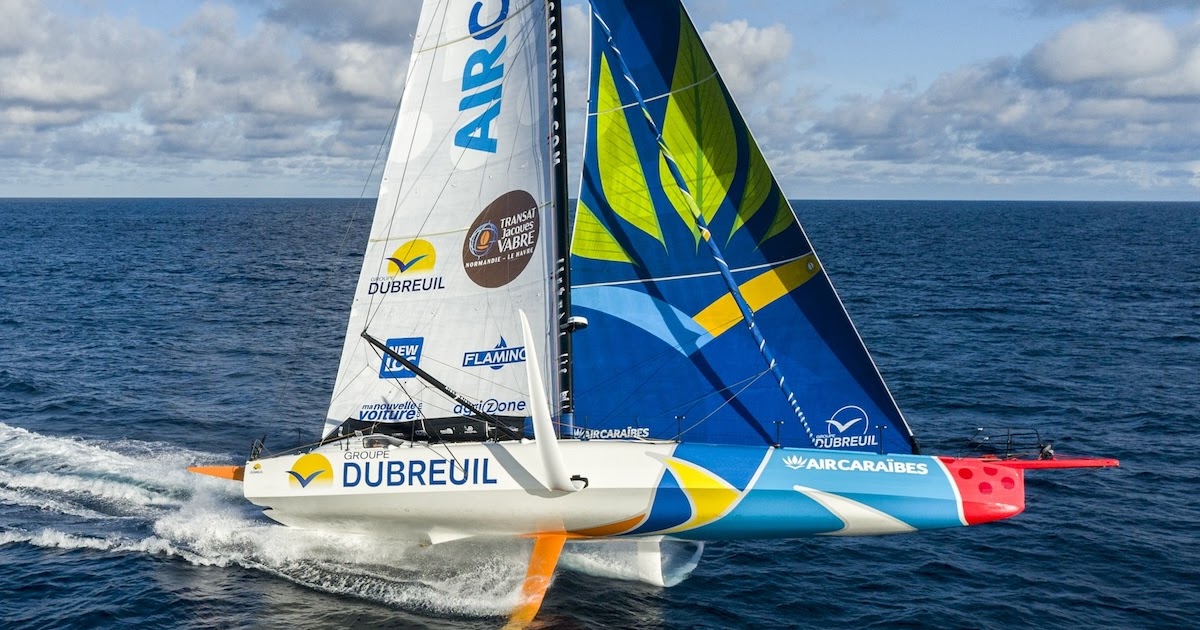
Three times faster across the Atlantic
These 24-hour performances are rarely covered by specific record attempts, but are typically achieved during races or long-distance record attempts. The two main benchmark routes in this area are the North Atlantic crossing – from the United States to Europe – and the circumnavigation of the globe via the three capes.
Since Éric Tabarly first improved the Atlantic record in 1980 (10 days and 5 hours), performance levels have soared to reach 3 days, 15 hours and 28 minutes in 2009 with Banque Populaire V. Covering 2,880 miles between Ambrose Light and Lizard Point, this corresponds to an average speed of nearly 33 knots. And this record remains unbeaten.
The round-the-world route continues to generate a number of record attempts. For crewed sailing, with the Jules Verne Trophy as the main focus since the early 1990s. The first official time was set in 1993 by Bruno Peyron and his crew aboard the catamaran Commodore Explorer (79 days and 6 hours). It was gradually improved over the decades, and the current benchmark stands at 40 days, 23 hours and 28 minutes, achieved in 2017 by the 31.50m trimaran Idec, with its six-person crew led by Francis Joyon. This corresponds to an average of just over 22 knots along the direct route (estimated at slightly less than 22,000 miles, from Ouessant to Ouessant).
The solo record on this same route is only marginally slower. After being set at 49 days by Thomas Coville in 2016, it was shattered the following year by François Gabart: 42 days, 16 hours and 40 minutes aboard Macif, a 30m trimaran.
In the monohull class, with its increasingly high-performance 60 foot IMOCAs, the Vendée Globe continues to push new boundaries. From 84 days in the late 2000s (Michel Desjoyeaux), the race record (on the same route as the Jules Verne, with the difference that it starts and ends in Les Sables d’Olonne) fell to 78 days in 2013, with François Gabart’s win, before Armel Le Cléac’h cut a few more days off in 2017 on board Banque Populaire VIII: 74 days, 3 hours and 35 minutes. And this time will be shattered once more – by a full 10 days! – in the following decade… The times achieved by these modern monohulls alone clearly illustrate the progress made in less than three decades by the entire French offshore racing sector: these 18.28m monohulls, sailed single-handedly, are now capable of completing a round-the-world voyage faster than 30 meter multihulls with full crews could in the 1990s…
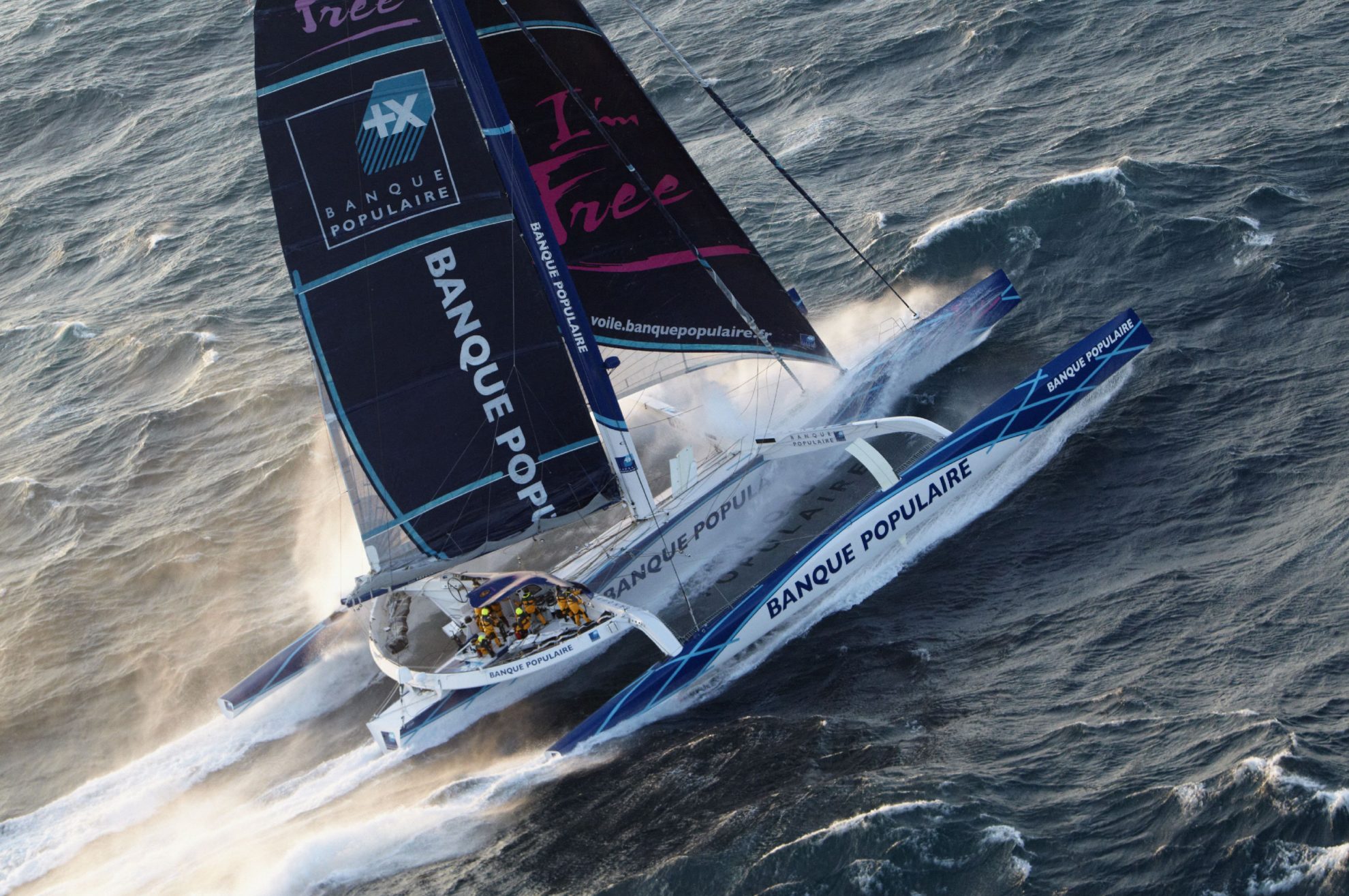
Pure speed: From kites to laboratory boats
The “absolute” sailing speed record – measured over a 500m course- was long dominated by windsurfers, then kiteboarders. That all changed in the early 2010s: the kite champions – Sebastien Cattalan, Alexandre Caizergues, Rob Douglas – who had pushed this record above 54 knots, were overtaken by a futuristic machine: Vestas Sailrocket 2. Created by British designer Malcolm Barnsley for the Australian sailor Paul Larsen, this ultra-modern interpretation of a proa, mounted on foils and fitted with a rigid wing sail with a total surface area of 22 square meters, achieved a run at an average speed of 65.45 knots on the waters of Walvis Bay in Lüderitz, Namibia. Since the 2000s, this has become the go-to location for record seekers from around the world, offering ideal conditions for maximum speed: smooth water for perfect glide, thanks to a lagoon sheltered by sandbanks, and strong, steady winds. In windsurfing, the record is still held by France’s Antoine Albeau, with a speed of just over 53 knots, which was also achieved in Namibia.
